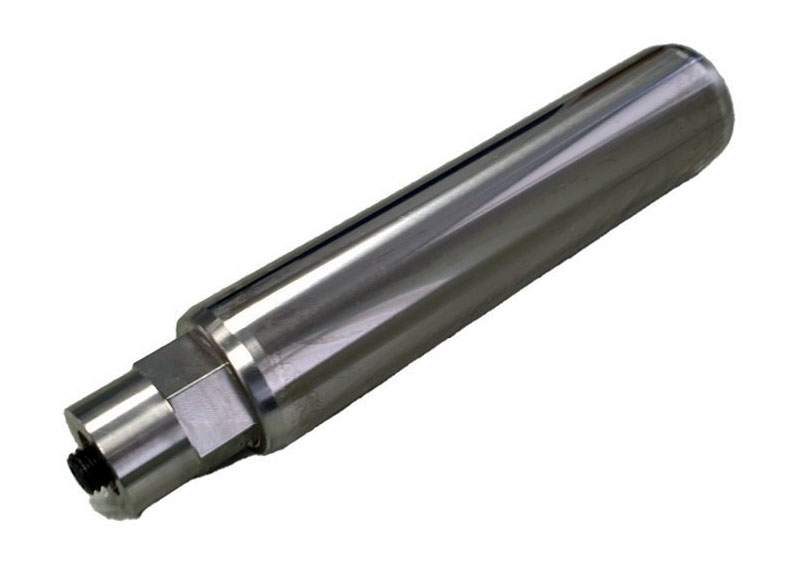

Colmonoy® nickel-based alloys and Wallex® cobalt-based alloys extend the life of pump parts subject to severe wear and erosion, such as in mining, oil & gas, or chemical processing industries. Colmonoy® and Wallex® can be used to repair worn or apply to new pump parts such as pump impellers, casings, wear rings, shafts, and bearings in slurry pumps, chemical pumps, and high-temperature pumps.
Colmonoy® nickel and Wallex® cobalt hardfacing alloys are often used in applications where the pump components are exposed to abrasive or erosive fluids, high-temperature environments, or corrosive chemicals. They also have excellent weldability, which allows for easy deposition of the hardfacing material on the pump components. The specific type of hardfacing alloy used depends on the specific application and the type of wear or erosion that the pump components are subject to.
Colmonoy® and Wallex® are commonly applied via spray & fuse, HVOF, PTA and Laser Cladding.

Recommended wear-resistant nickel and cobalt alloys for pump parts
(more alloys are available – consult technical services)
PTA (Plasma Transferred Arc)
Laser Cladding
HVOF (High Velocity Oxy Fuel)
Need a recommended alloy based on your specific application? Consult Technical Services:

Ready to increase the service life of your pump components?
